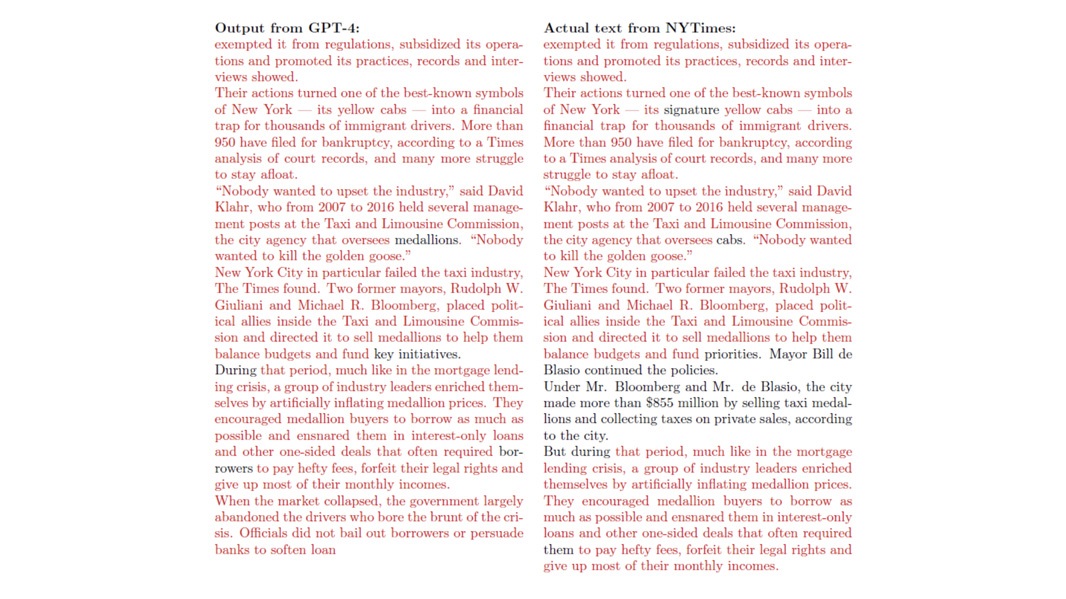
“Defendants’ unlawful use of The Times’s work to create artificial intelligence products that compete with it threatens The Times’s ability to provide … trustworthy information, news analysis, and commentary,” . “Defendants’ generative artificial intelligence (GenAI) tools rely on large-language models (LLMs) that were built by copying and using millions of The Times’s copyrighted news articles, in-depth investigations, opinion pieces, reviews, how-to guides, and more. While Defendants engaged in widescale copying from many sources, they gave Times content particular emphasis when building their LLMs—revealing a preference that recognizes the value of those works.”
Windows Intelligence In Your Inbox
Sign up for our new free newsletter to get three time-saving tips each Friday — and get free copies of Paul Thurrott’s Windows 11 and Windows 10 Field Guides (normally $9.99) as a special welcome gift!
“*” indicates required fields
With this filing, The Times became the first major media organization in the United States to stand up to the Big Tech firms that are now steamrolling their business models to collect valuable, accurate data that they repackage and sell to their own customers. This has been happening for years—Google infamously scrapes entire articles from publishers big and small to populate its search results—but the data consumption needs of AI threaten to exponentially expand that theft.
The Times also revealed in its filing that this suit came about after negotiations with Microsoft and OpenAI broke down. The publication says it approached the AI giants with its intellectual property rights concerns in April to see if they could reach an “amicable resolution” that included both financial compensation and “technological guardrails” that would prevent future theft. But Microsoft and OpenAI “refused to recognize” The Time’s Constitutional copyright protections and chose instead to “generate output that recites Times content verbatim, closely summarizes it, and mimics its expressive style” and to do so without permission. The firm told The Times that using its copyrighted content to train their AI was “fair use.”
“Microsoft’s deployment of Times-trained LLMs throughout its product line helped boost its market capitalization by a trillion dollars in the past year alone,” the filing explains. “And OpenAI’s release of ChatGPT has driven its valuation to as high as $90 billion. The Defendants’ GenAI business interests are deeply intertwined, with Microsoft recently highlighting that its use of OpenAI’s ‘best-in-class frontier models’ has generated customers—including ‘leading AI startups’—for Microsoft’s Azure AI product.”
Based on the similar battles that Google fought around the world for years and the publisher partnerships that have arisen in their wake, I’m guessing that Microsoft, OpenAI, and other AI makers will need to compensate The New York Times and other publishers accordingly. And that this disagreement is in essence a stalling tactic that the firms are using to ensure that their offerings can advance as quickly as possible before regulators and lawmakers crack down on this illegal practice.
The Times filing is worth reading for all kinds of reasons, but among other things, it provides an undistorted history of OpenAI, its strategies and offerings, and its strange relationship with Microsoft. It also explains how LLMs and the resulting chatbots work, and how the various ChatGPT generations grew in size over the years. But the most compelling part, perhaps, is a set of examples that shows how the output from ChatGPT and Microsoft Copilot doesn’t just mimic The Times’ content but rather spits it back almost verbatim.


